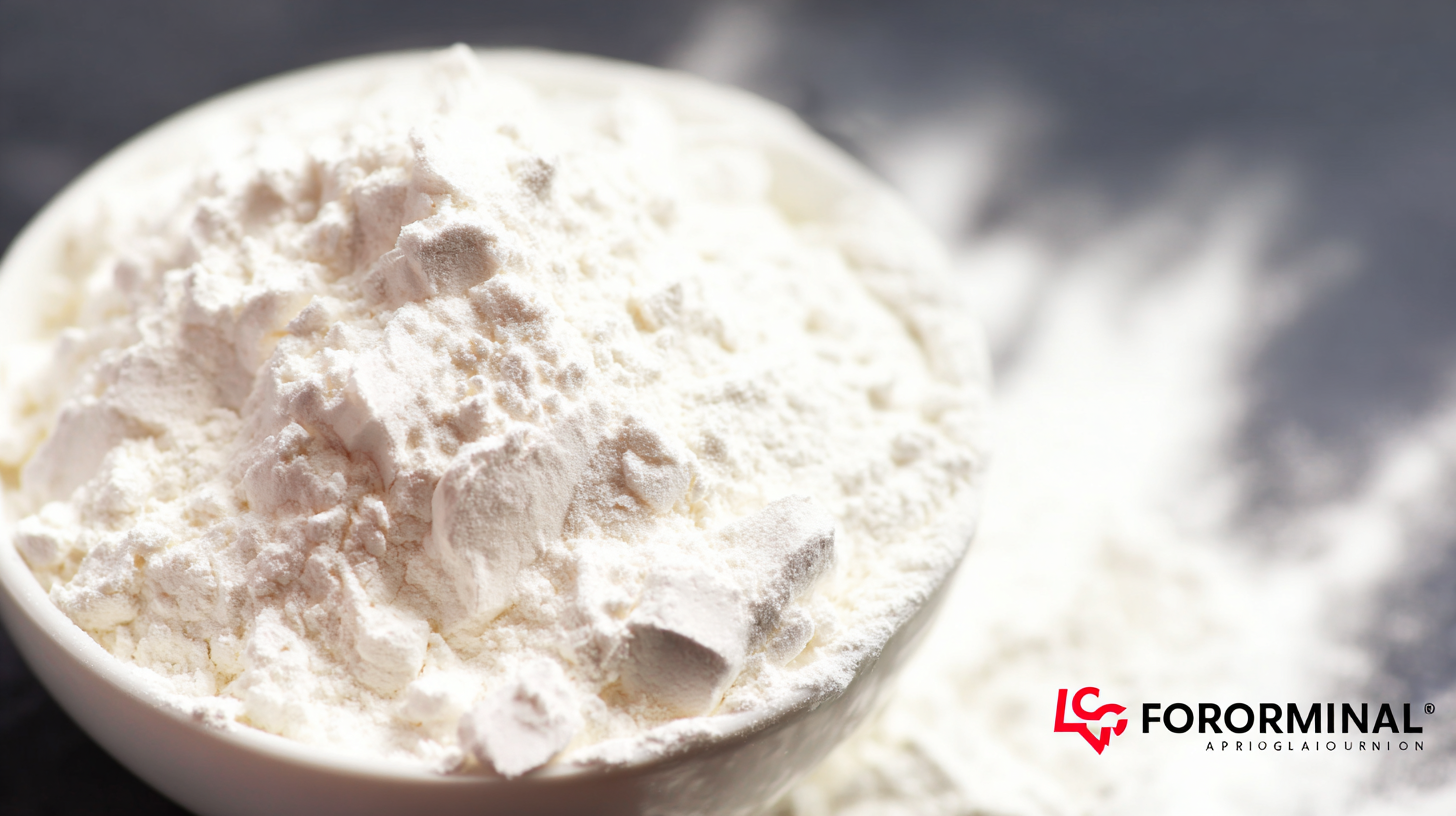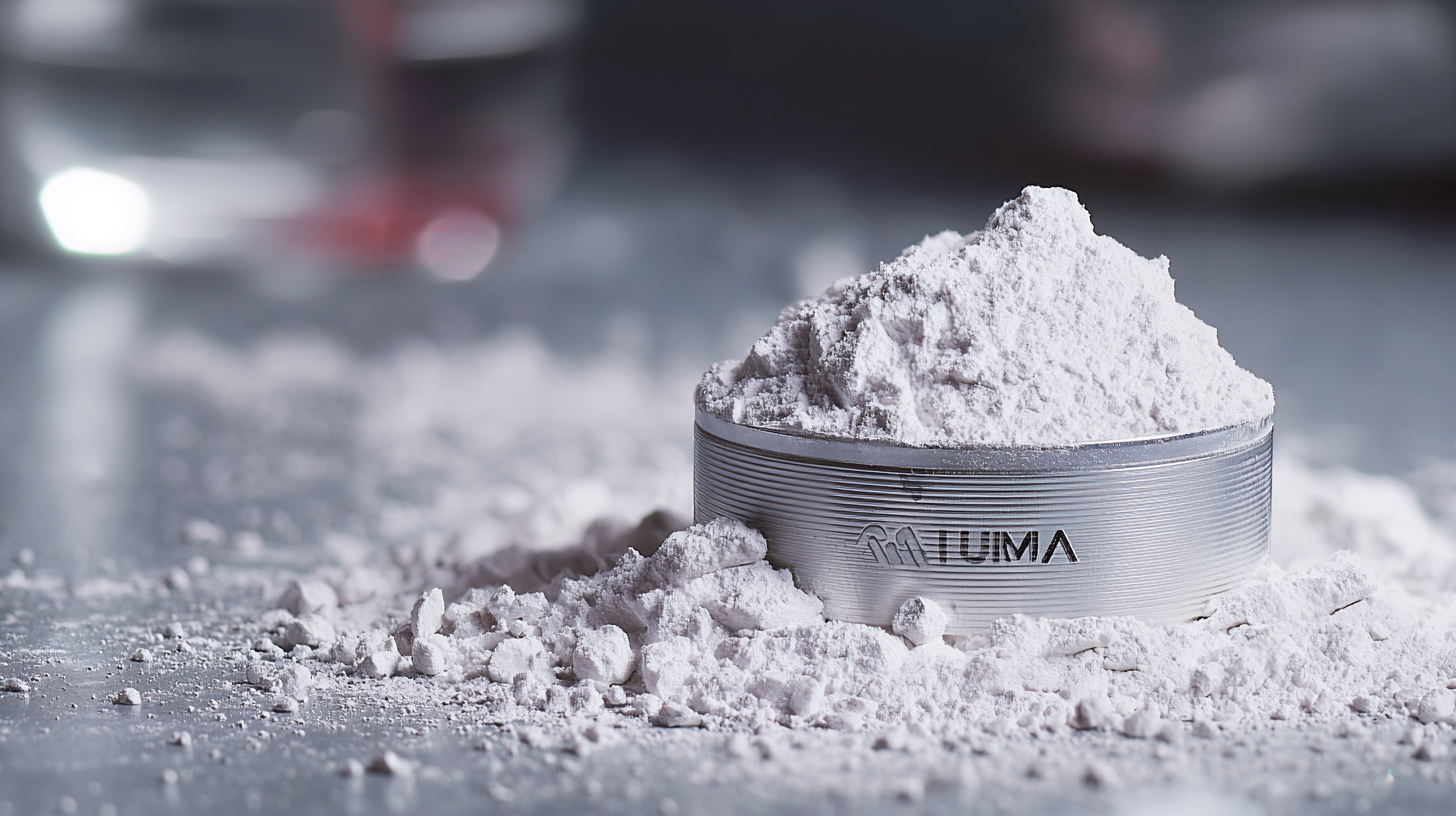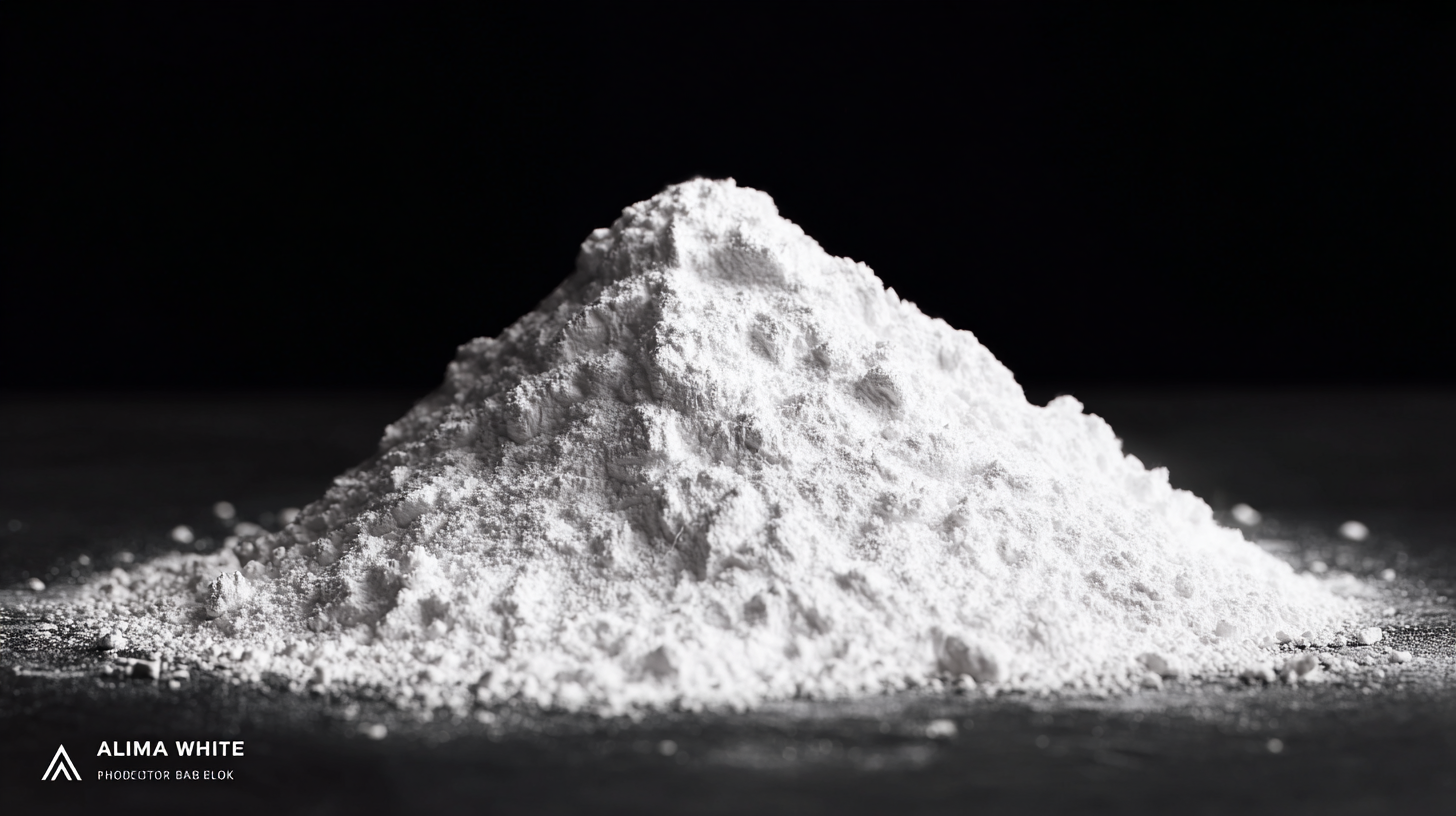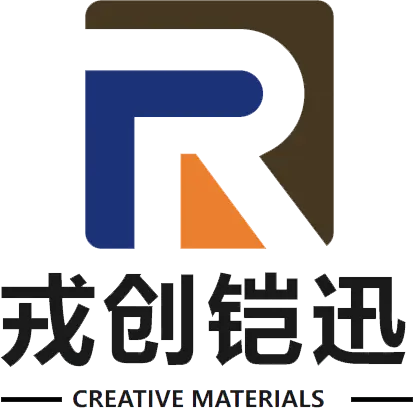In the rapidly evolving landscape of materials science, Alumina White has emerged as a pivotal component, drawing significant attention from global buyers due to its exceptional benefits. According to a recent report by MarketsandMarkets, the global alumina market is projected to reach USD 63 billion by 2025, driven by innovative applications in various industries such as ceramics, metallurgy, and electronics. The unique properties of Alumina White, including high purity, excellent thermal stability, and exceptional abrasion resistance, position it as a valuable asset for manufacturers aiming to enhance product performance while meeting stringent environmental standards.

As we delve into the technological advancements set to redefine the industry in the coming years, understanding the multifaceted advantages of Alumina White becomes crucial for global stakeholders looking to capitalize on this transformative material.
The global supply chain landscape is rapidly evolving, and the demand for critical minerals has never been higher. Australia's strategic involvement in the critical minerals market positions it as a key player in fulfilling global needs. With exceptional resources such as alumina, which is essential for the production of aluminum, Australia is set to unlock significant value. According to industry reports, the market for alumina is projected to reach $30 billion by 2025, highlighting its importance in the supply chains of various sectors, particularly in aerospace and automotive industries.
As we delve into the potential of Best Alumina White, particularly in the context of evolving global supply chains, it's evident that organizations must adapt to changing market dynamics. Countries like India are ramping up their efforts to localize supply chains, especially in the electric vehicle (EV) ecosystem. In fact, with the increasing adoption of EVs, projections indicate that the demand for high-quality alumina will rise significantly to meet manufacturing needs. By leveraging Australia’s mineral wealth, global buyers can enhance their supply chain resilience, ensuring sustainability while unlocking substantial economic potential.
The demand for aluminum oxide, particularly in the form of best alumina white, is surging across multiple industries due to its diverse applications and exceptional properties. As the global white inorganic pigments market expands, projected to grow from $22.7 billion in 2021 to $29.5 billion by 2026 at a CAGR of 5.4%, industrial sectors are recognizing the significance of aluminum oxide in enhancing product performance and sustainability. Key trends driving this growth include the burgeoning electric vehicle market, where advanced battery chemistries rely heavily on high-quality aluminum oxide for improved efficiency and thermal stability.
Furthermore, the push for industrial deep decarbonization is prompting manufacturers to seek materials that not only meet performance standards but also contribute to environmentally friendly production processes. Aluminum oxide emerges as a crucial component in this context, aligning with sustainability goals while meeting the demands of industries ranging from automotive to high-tech applications like AI and quantum computing. As companies innovate and adapt, the sustained growth of aluminum oxide in various applications highlights its pivotal role in shaping a sustainable and high-tech future.

The procurement of Best Alumina White presents significant cost-benefit advantages for global buyers, particularly in the context of shifting economic landscapes and emerging industrial strategies. As firms increasingly navigate the complexities of global trade, understanding the economies of scale associated with acquiring this material becomes crucial. According to industry reports, businesses that leverage bulk purchasing of Best Alumina White can reduce their unit cost by as much as 20%, enhancing their competitive edge in a market that is continually evolving due to geopolitical shifts.
Furthermore, as noted in multiple analyses, the projected increase in demand for high-quality alumina in diverse applications—ranging from advanced ceramics to aluminum production—underscores the importance of strategic procurement practices. The modern industrial strategy outlined in recent reports emphasizes the need for businesses to adapt to these changes, aiming for stability and growth through smart sourcing decisions. Companies leveraging Best Alumina White not only tap into significant cost savings but also position themselves strategically as leaders in their respective industries, ready to capitalize on new opportunities in an increasingly globalized economy.
| Dimension | Small Scale Procurement | Mid Scale Procurement | Large Scale Procurement |
|---|---|---|---|
| Cost per Ton | $450 | $420 | $400 |
| Total Volume Discount (%) | 0% | 5% | 10% |
| Freight Cost (per Ton) | $50 | $40 | $30 |
| Lead Time (Days) | 12 | 8 | 5 |
| Quality Assurance Rating | B+ | A- | A |
| Customer Satisfaction Score (%) | 75% | 85% | 90% |
In recent years, sustainability has become a central theme in the aluminium industry, impacting everything from sourcing materials to the production processes. Best Alumina White stands out as a pioneering product that not only meets rigorous environmental standards but also helps manufacturers reduce their carbon footprints. By utilizing advanced refining technologies, Best Alumina White contributes to lower energy consumption and waste generation, making it a sustainable choice for buyers who are increasingly aware of their ecological impact.
Moreover, the benefits of Best Alumina White extend beyond its sustainable attributes. Its superior quality boosts production efficiency, allowing aluminium producers to create higher-grade products while minimizing resource waste. As global demand for aluminium rises, Best Alumina White provides a strategic advantage for companies looking to align profitability with sustainable practices. By choosing materials that prioritize the environment, global buyers can enhance their brand reputation and meet the expectations of consumers who prioritize sustainability in their purchasing decisions.
Innovations in processing technologies are rapidly transforming industries, and the advancements in the quality and performance of Best Alumina White exemplify this trend. With ongoing research and development, it has been demonstrated that the integration of TiC nanoparticles can significantly enhance the casting performance of aluminum alloys, including aluminum alloy 7075. This not only improves fluidity and surface quality but also ensures that Best Alumina White maintains its position as a leading material in various industrial applications.
Furthermore, the implementation of state-of-the-art technologies in manufacturing is crucial in elevating product effectiveness. Reports indicate that industrial manufacturing in the United States is experiencing a shift due to these innovations. Companies are increasingly adopting advanced lightweight materials to reduce weight and enhance durability in construction applications. This shift towards lighter materials aligns with the growing demand for high-performance products that leverage the superior characteristics of Best Alumina White, highlighting its potential in competing on a global scale. As industries continue to embrace these innovations, the commitment to enhancing quality and performance will unlock significant value for global buyers.

